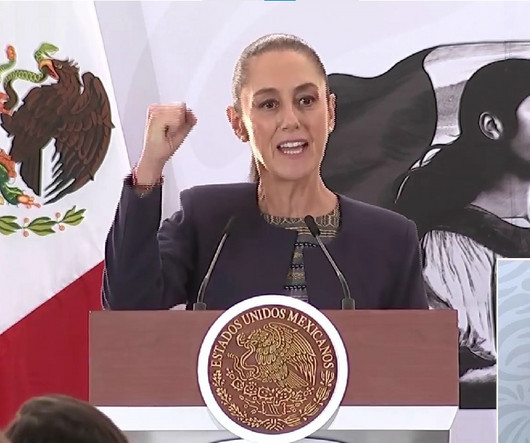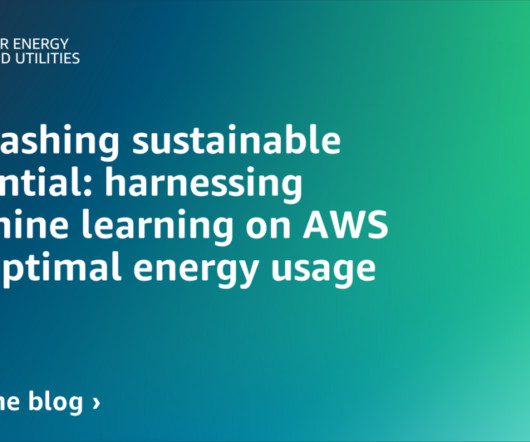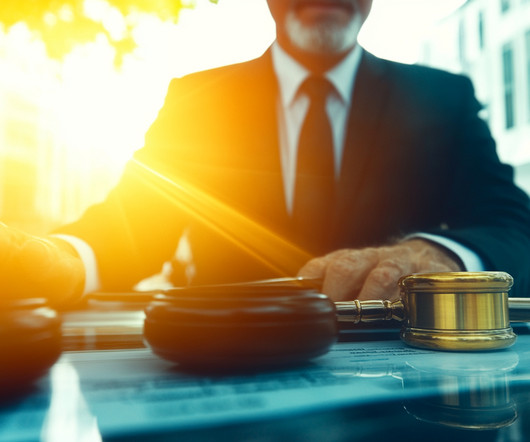Sheinbaum firma decreto que oficializa leyes secundarias de la reforma energética
Oil & Gas Magazine
MARCH 18, 2025
La mandataria record que en 2024 se aprob la reforma con la que se recupera a Pemex y a CFE como Empresas Pblicas del Estado, es la reversin de la Reforma del 2013. Inici la recuperacin de Pemex en 2018, aument su produccin a 1.8













Let's personalize your content